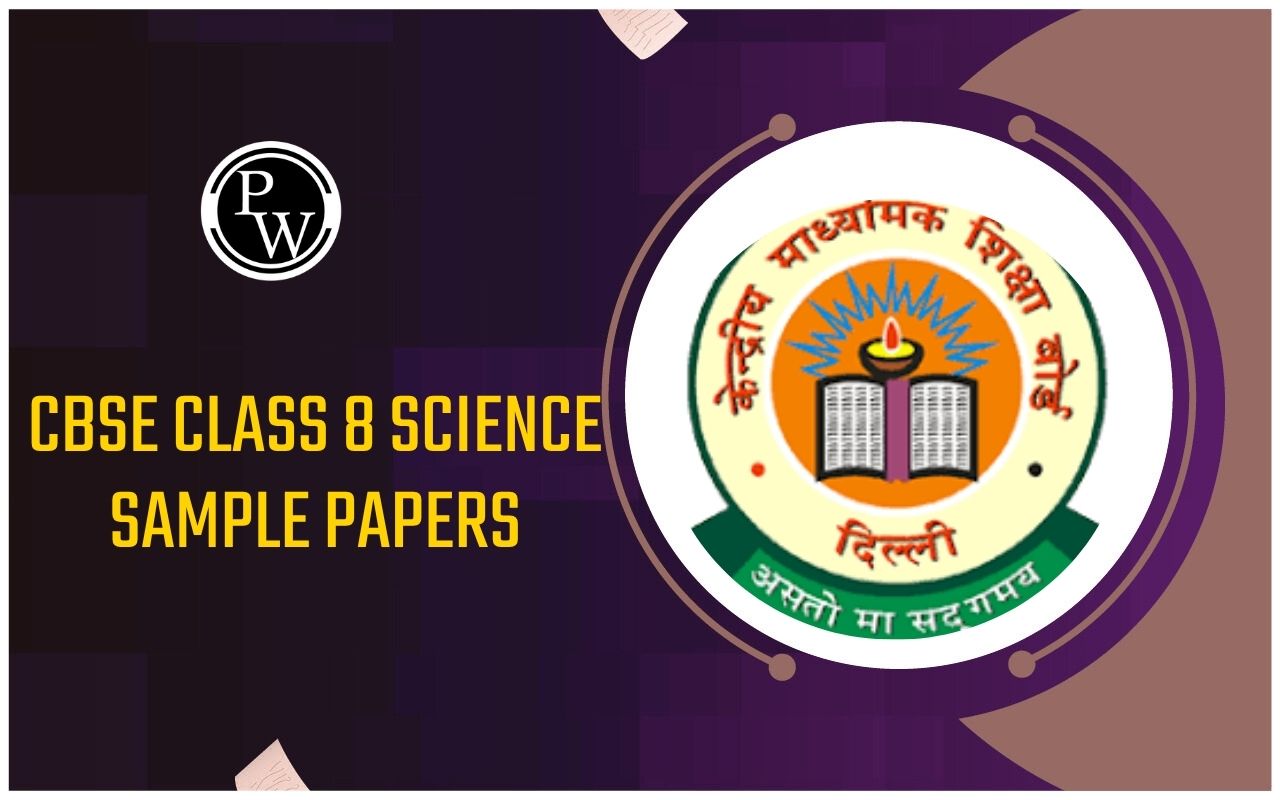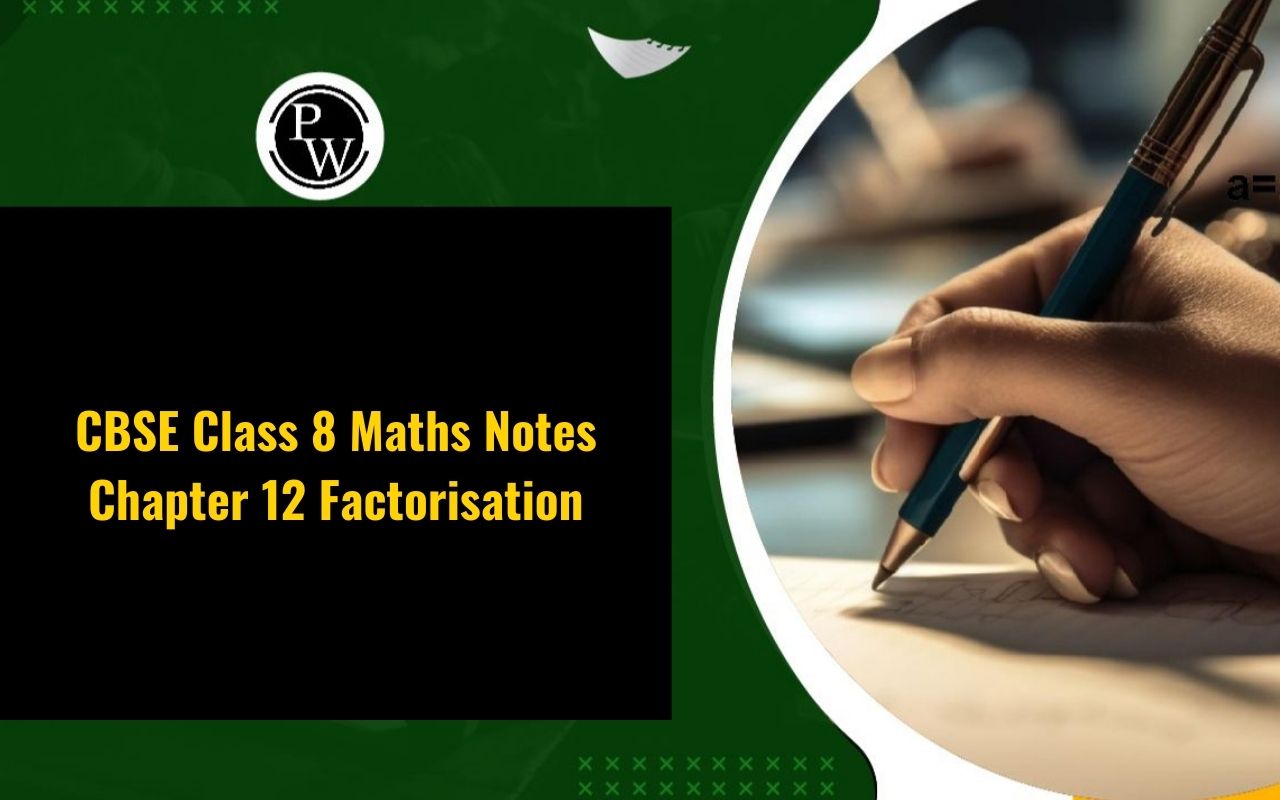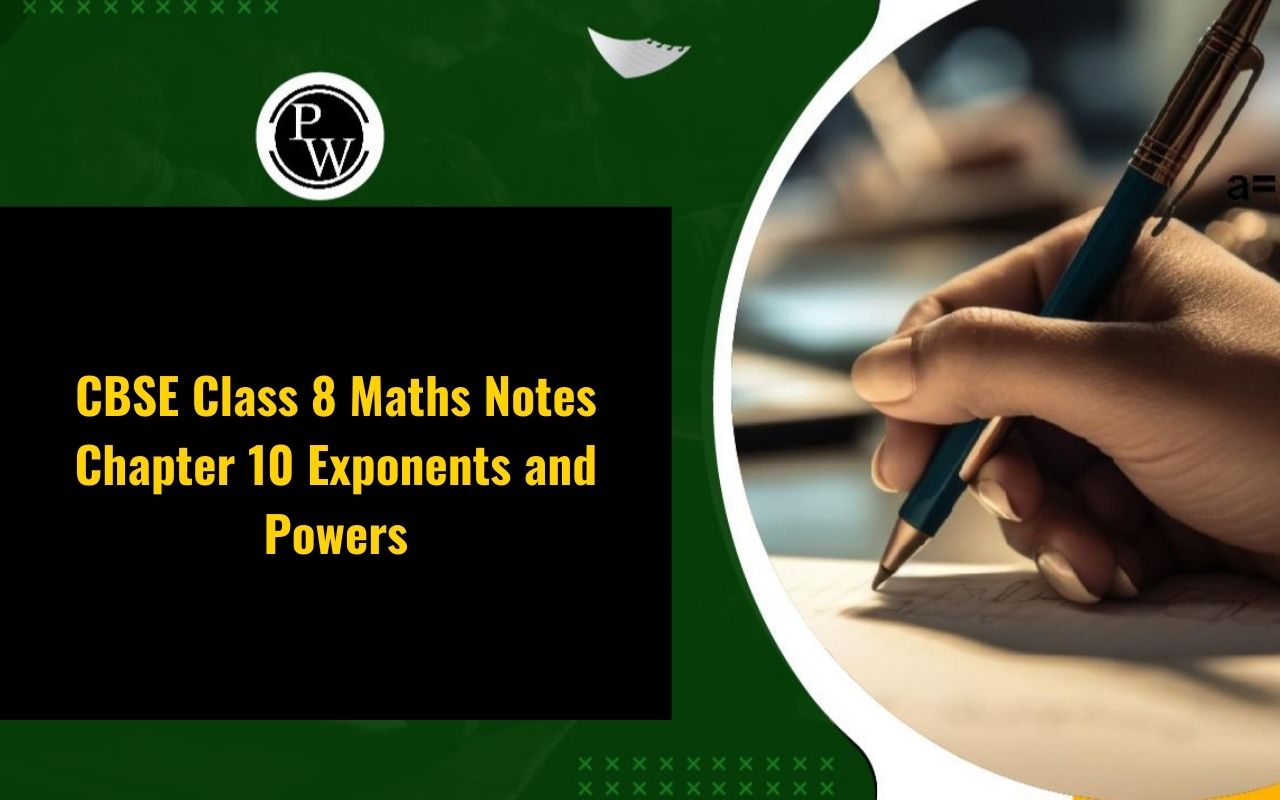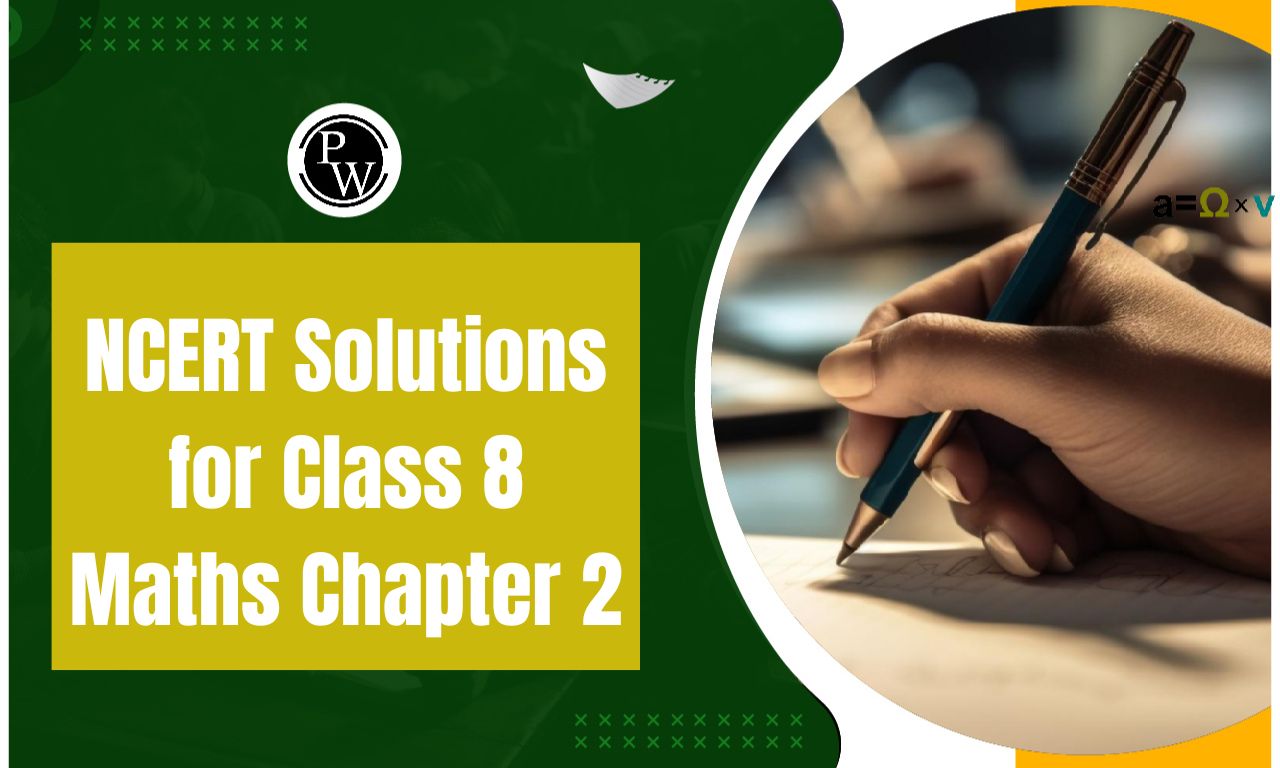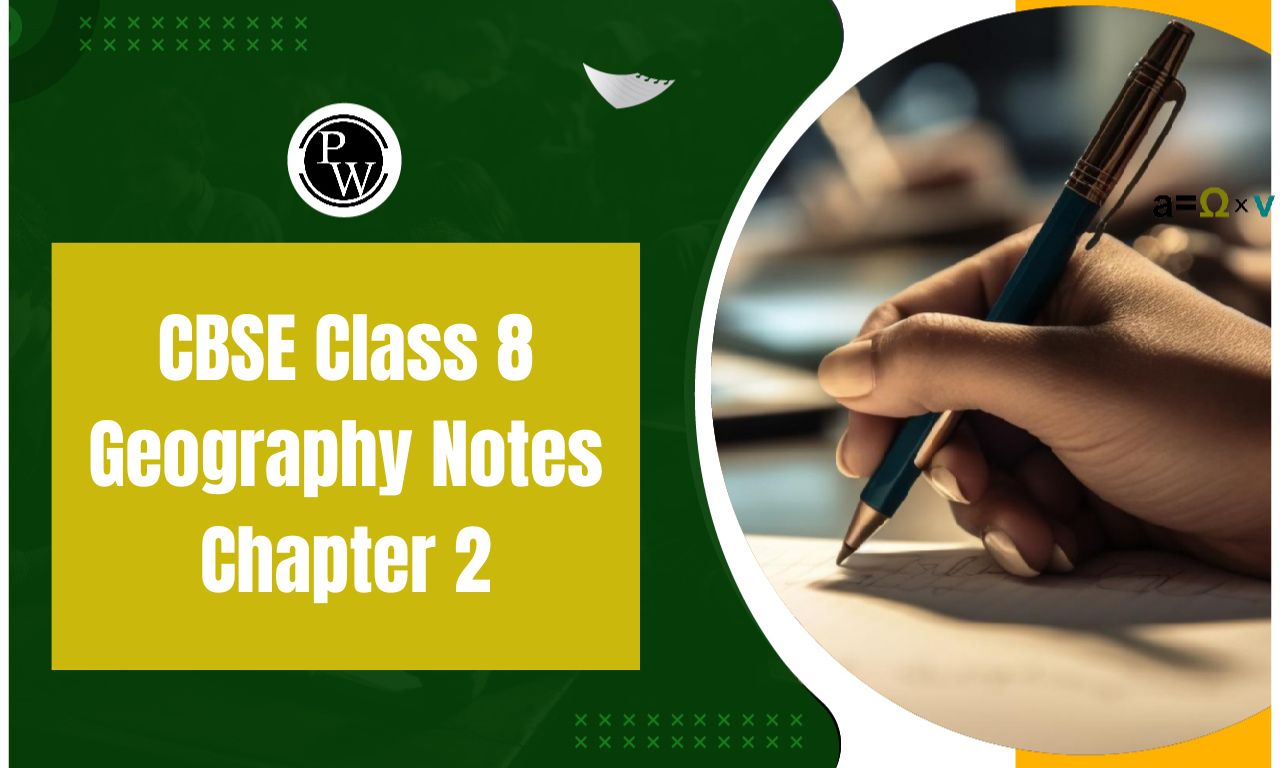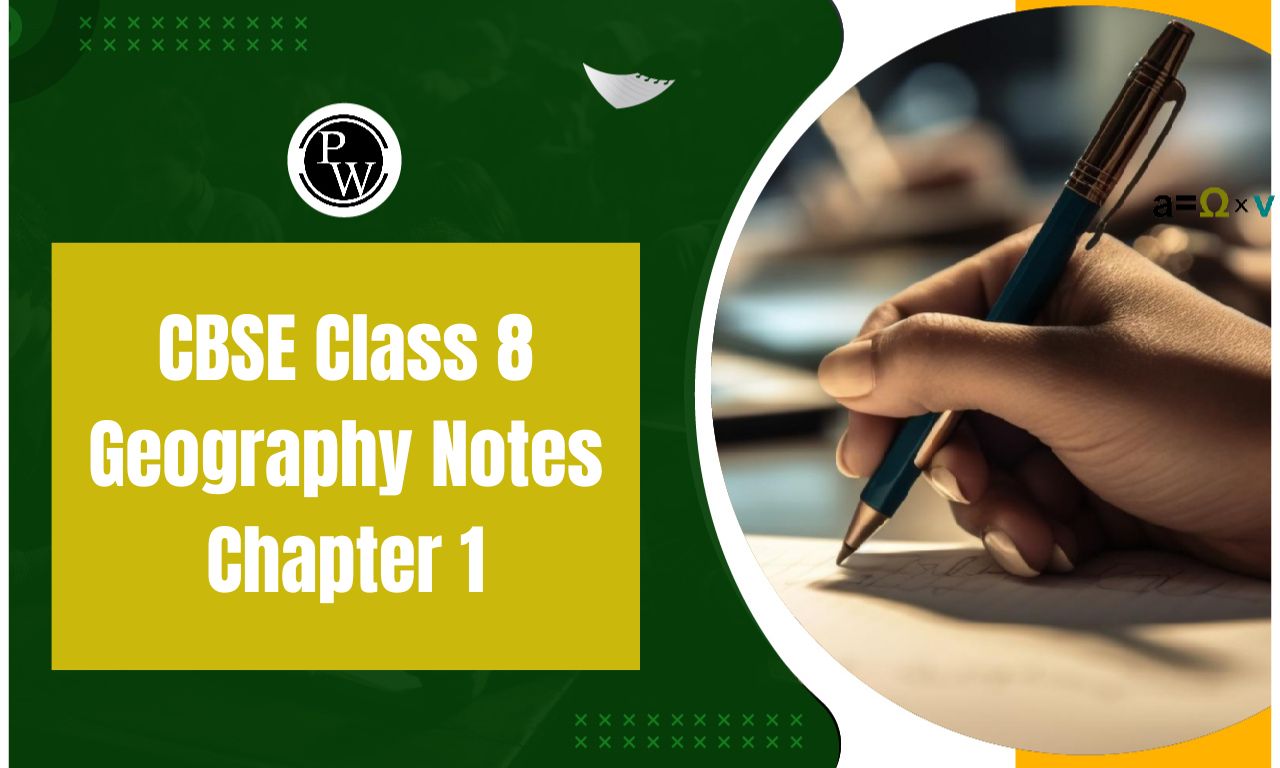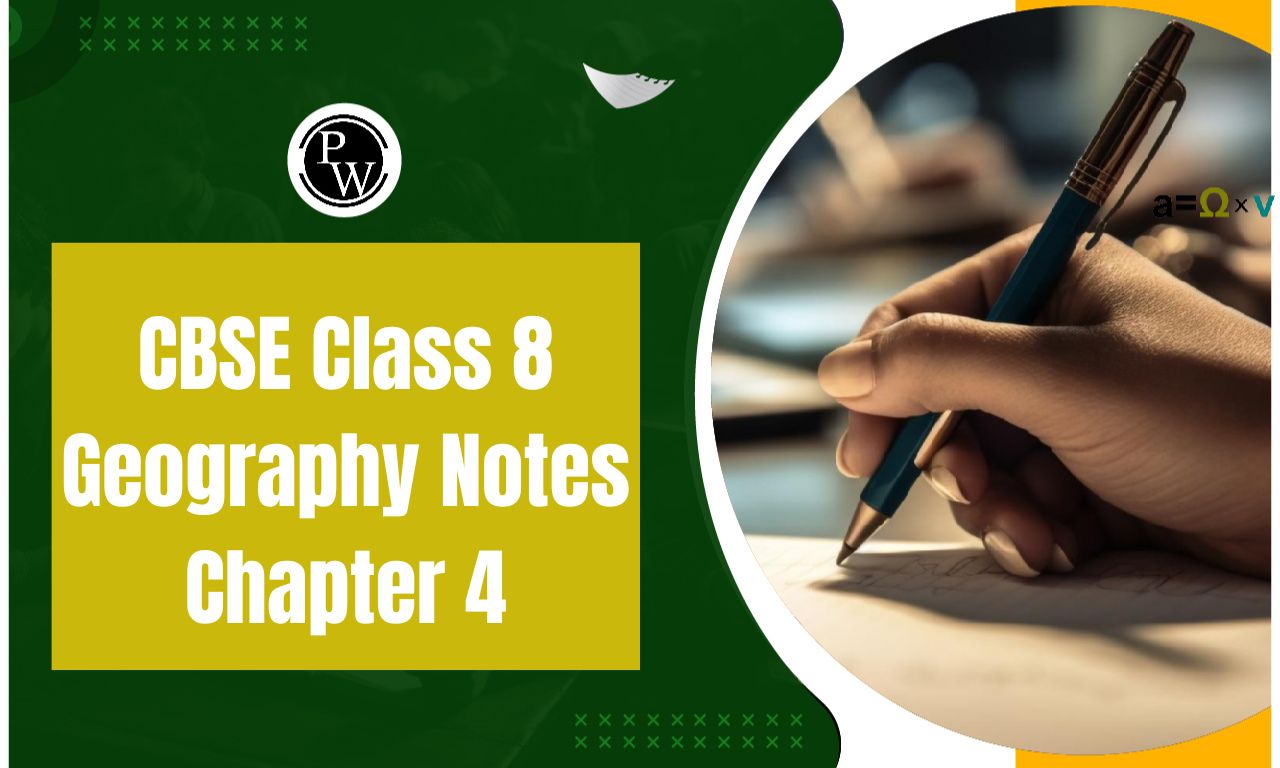
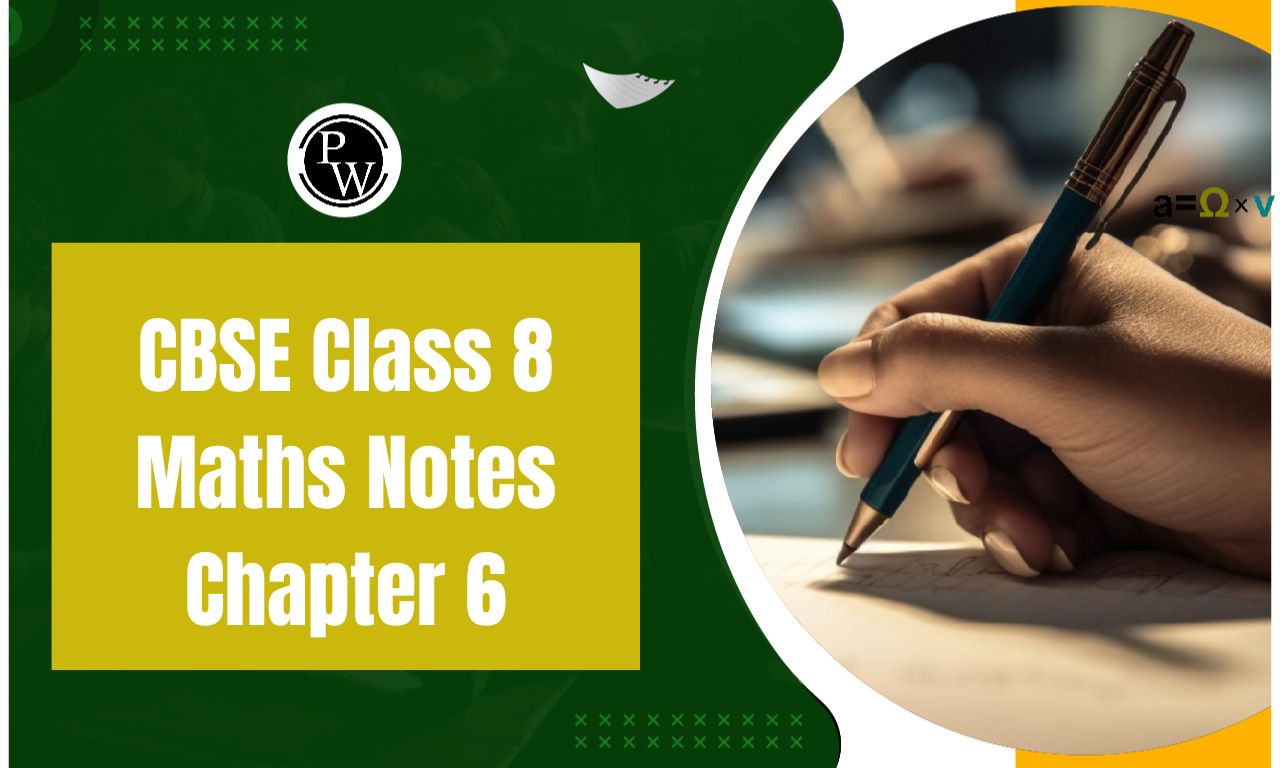
CBSE Class 8 Maths Notes Chapter 6: Chapter 6 of CBSE Class 8 Maths, "Cubes and Cube Roots," introduces the concept of cubes and cube roots. It begins by explaining that a cube results from multiplying a number by itself twice more. The chapter highlights the properties of perfect cubes and helps students identify them.
The concept of cube roots is then introduced, where students learn that the cube root of a number is a value that, when multiplied by itself three times, gives the original number. Methods to find the cube roots of perfect cubes using prime factorization are covered, along with estimation techniques.CBSE Class 8 Maths Notes Chapter 6 Overview
CBSE Class 8 Maths Notes Chapter 6 PDF Download
The chapter also includes various solved examples and practice problems to reinforce the concepts. By the end of the chapter, students should be able to identify cubes and cube roots and solve related problems with confidence. Here we have provided CBSE Class 8 Maths Notes Chapter 6 Cubes and Cube Roots pdf -CBSE Class 8 Maths Notes Chapter 6 PDF
CBSE Class 8 Maths Notes Chapter 6 Cubes and Cube Roots
Chapter 6 of CBSE Class 8 Maths, "Cubes and Cube Roots," introduces students to the fundamental concepts of cubes and cube roots, essential for understanding higher-level mathematics. The chapter starts by explaining that a cube is a number raised to the power of three, meaning it is multiplied by itself two more times.Introduction to Cube Numbers
A natural number is referred to as the cube number of n if it can be written as n cube, where n is a natural integer as well. The cubes of 1, 2, and 3 are represented by numbers like 1, 8, and 27, in that order. Multiplying a number by itself three times yields all perfect cube numbers.
Cubes Relation with Cube Numbers
In geometry, a cube is a solid figure where all edges are equal and are perpendicular to each other. Consider a cube with a unit side as an example. There are a total of 27 such unit cubes that make up a cube of 3 units when we arrange these cubes to form a larger cube of side 3 units. A cube of four units will also contain sixty-four of these unit cubes.Units Digits in Cube Numbers
A number's cube number is also odd or even depending on whether it is odd or even. The type of unit digit on the cube numbers dictates this.- The unit digit of a cube number is odd if the number is odd.
- The unit digit of a cube number is also even if the number is even.
| Units digit of number | Units digit of its cube |
| 1 | 1 |
| 2 | 8 |
| 3 | 7 |
| 4 | 4 |
| 5 | 5 |
| 6 | 6 |
| 7 | 3 |
| 8 | 2 |
| 9 | 9 |
Inside Cube Numbers
Adding Consecutive Odd Numbers
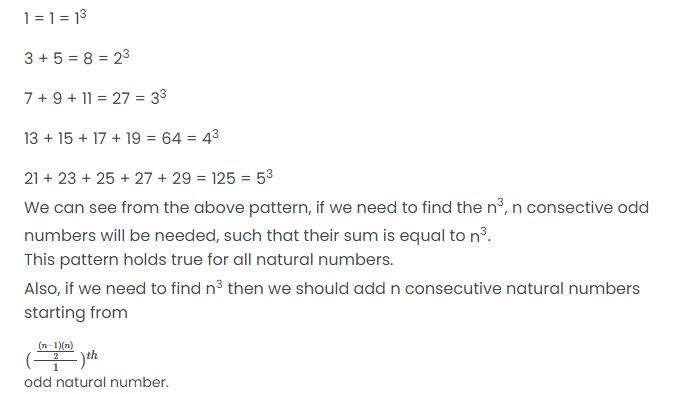
Prime Factorisation Method to Find a Cube
In the prime factorisation of any number, if each prime factor appears three times , then the number is a perfect cube .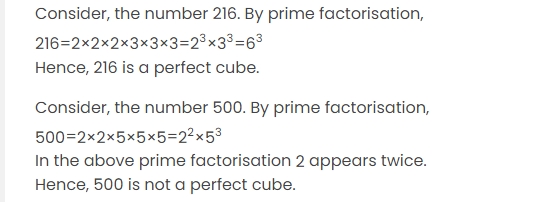
Cube Roots
Cube roots

Smallest Multiple that is a Perfect Cube
Take 53240 as an example. We now need to determine if the supplied number, 53240, is a perfect cube or not. Therefore, we must first determine 53240's prime factorisation in order to determine if the provided number is a perfect cube or not. Thus, 2 × 2 × 2 × 5 × 11 × 11 × 11 is the prime factorisation of 53240. In this instance, the digits 11 and "2" are both repeated three times. However, there aren't three fives. The number provided is therefore not a perfect cube. Therefore, we need to multiply 25 on both sides of 53240 to have a perfect cube.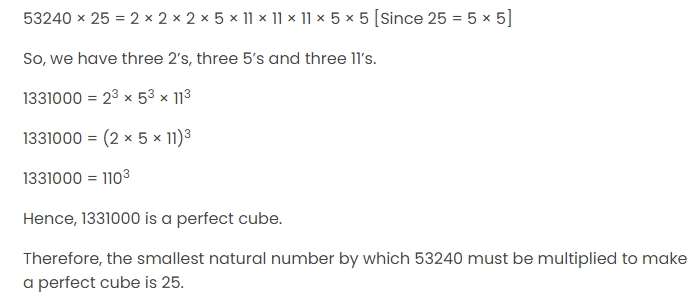
Alternate Method:
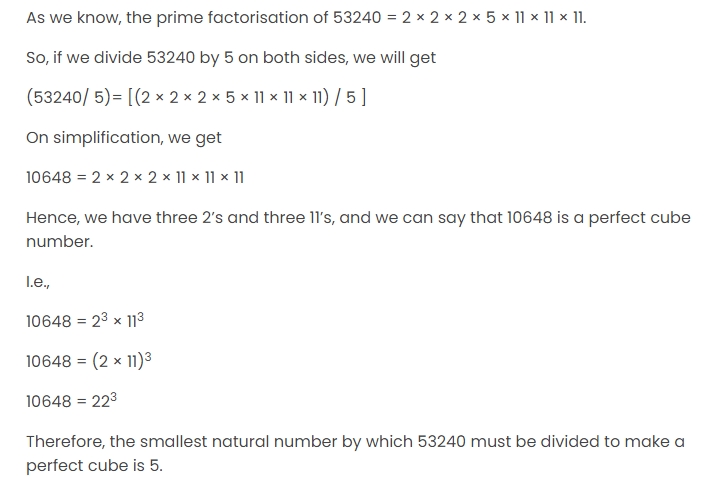
Cube root using prime factorisation
To find the cube root of a number using prime factorization, follow these steps:Step-by-Step Process:
Prime Factorization:
- Break down the given number into its prime factors.
- Write the number as a product of prime numbers raised to their respective powers.
Grouping the Factors:
- Group the prime factors into triples (sets of three identical factors). Each group should contain three identical prime factors.
Find the Cube Root:
- For each group of three identical factors, take one factor from each group.
- Multiply these selected factors together to get the cube root of the given number.

Benefits of CBSE Class 8 Maths Notes Chapter 6
CBSE Class 8 Maths Notes for Chapter 6, "Cubes and Cube Roots," offer several benefits that help students understand the concepts more effectively. Here are some key benefits: 1. Simplified Explanation of Concepts: The notes break down complex topics like finding cubes, cube roots, and their properties into simple, easy-to-understand explanations, making it easier for students to grasp the concepts. 2. Step-by-Step Solutions: They provide step-by-step solutions to various problems related to cubes and cube roots. This helps students understand the methodology behind solving such problems. 3. Time-Saving: These notes condense the chapter’s content into a more concise form, helping students revise quickly before exams or tests. 4. Practice Problems: Many notes include practice problems with solutions, allowing students to test their understanding and gain confidence in solving similar problems. 5. Visual Aids and Diagrams: Diagrams, tables, and other visual aids included in the notes can help students better visualize the concepts, leading to a deeper understanding. 6. Important Formulas and Theorems: The notes highlight important formulas and theorems, ensuring that students remember these critical points for solving problems and for exams.CBSE Class 8 Maths Notes Chapter 6 FAQs
What are the rules of cube and cube root?
Cube is a number obtained by multiplying a particular number by itself three times while cube root is a number that by multiplying three times results in the given number. Cube root is the inverse of cube.
What is the uses of cubes and cube roots in our daily life?
Cube roots have various real-life applications that are essential in different fields. Whether it's calculating volumes, designing structures, analyzing data, creating digital art, or making financial decisions, cube roots play a crucial role in solving complex problems and achieving precision.
How to introduce cubes and cube roots?
Cube root of number is a value which when multiplied by itself thrice or three times produces the original value.
Why are cube roots important?
The cube root is often used to solve cubic equations. In particular, it can be used to solve for the dimensions of a three-dimensional object of a certain volume.
Talk to a counsellorHave doubts? Our support team will be happy to assist you!

Check out these Related Articles
Free Learning Resources
PW Books
Notes (Class 10-12)
PW Study Materials
Notes (Class 6-9)
Ncert Solutions
Govt Exams
Class 6th to 12th Online Courses
Govt Job Exams Courses
UPSC Coaching
Defence Exam Coaching
Gate Exam Coaching
Other Exams
Know about Physics Wallah
Physics Wallah is an Indian edtech platform that provides accessible & comprehensive learning experiences to students from Class 6th to postgraduate level. We also provide extensive NCERT solutions, sample paper, NEET, JEE Mains, BITSAT previous year papers & more such resources to students. Physics Wallah also caters to over 3.5 million registered students and over 78 lakh+ Youtube subscribers with 4.8 rating on its app.
We Stand Out because
We provide students with intensive courses with India’s qualified & experienced faculties & mentors. PW strives to make the learning experience comprehensive and accessible for students of all sections of society. We believe in empowering every single student who couldn't dream of a good career in engineering and medical field earlier.
Our Key Focus Areas
Physics Wallah's main focus is to make the learning experience as economical as possible for all students. With our affordable courses like Lakshya, Udaan and Arjuna and many others, we have been able to provide a platform for lakhs of aspirants. From providing Chemistry, Maths, Physics formula to giving e-books of eminent authors like RD Sharma, RS Aggarwal and Lakhmir Singh, PW focuses on every single student's need for preparation.
What Makes Us Different
Physics Wallah strives to develop a comprehensive pedagogical structure for students, where they get a state-of-the-art learning experience with study material and resources. Apart from catering students preparing for JEE Mains and NEET, PW also provides study material for each state board like Uttar Pradesh, Bihar, and others
Copyright © 2025 Physicswallah Limited All rights reserved.
